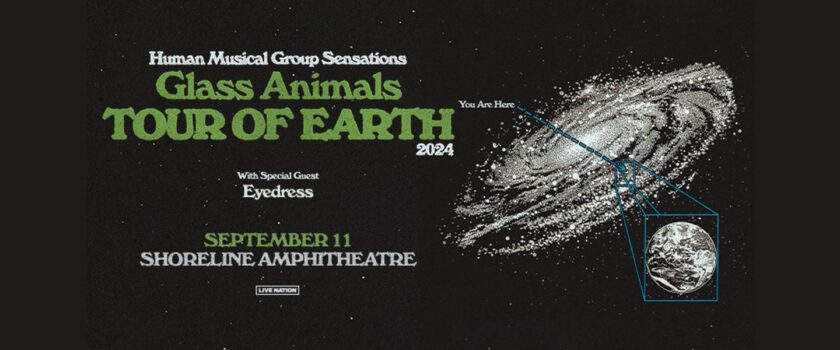Living With Animals: Full Moons
By Hope Bidegainberry on December 6, 2019
There are all sorts of natural events most of us take for granted, or let slip by unnoticed, and the phases of the ever changing moon are on that list. September s full moon is the one full moon many of us know by a specific name: September brings us the Harvest Moon. That name is obvious, although now perhaps only meaningful to those who still live a life linked to agriculture, but actually each of the twelve full moons has its own name (or names). All are linked to the natural world and, as such, many of them come with animal associations.
January brings us the Wolf Moon which of course conjures the image of those glorious wild dogs standing on the horizon, backlit by the bright sphere on a dark night, their beautiful faces raised with their mouths wide open announcing their presence to all within earshot. February’s full moon is the Hunger Moon, due to the scarcity of food native cultures faced in the dead of winter. March is the Worm Moon, celebrating the beginning of the thaw at the end of the month, a warming of the soil which allows the earthworms to surface, aerating the ground and providing food at the start of Spring’s life cycle. April’s Pink Moon honors the pink flowers (especially phlox) that bloom this month, followed by May’s Flower Moon and June’s Strawberry Moon as life kicks into the more robust and showy modes of the season.
July is the Buck Moon, named for the new antlers that emerge on male deer’s foreheads. August’s Sturgeon Moon (also the Fruit Moon and the Barley Moon) comes from the explosion of these fish in the lakes of the Algonquin Nation. September’s Harvest Moon (also Corn Moon) is followed by October’s Hunter’s Moon (also the Dying Grass Moon) so named by the Native People of the Northern Hemisphere who spent this month hunting, butchering and preserving meat to survive the coming winter. November’s Beaver Moon, according to folklore sources, is named because this is the time when those animals are especially busy preparing themselves for the coming cold, and finally December’s full moon (just a few nights ago) is the Long Nights or Cold Moon.









